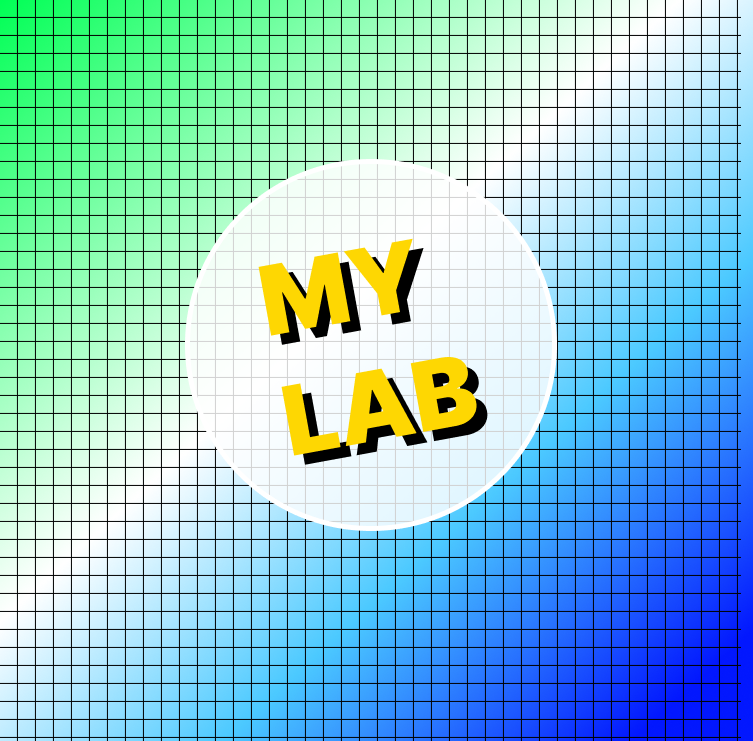Word Definitions Get clear and concise...
Read MoreBreadcrumbs from the rabbit hole.
Responsible Design for Artificial Intelligence
Creative Research & Imagination, UX Strategy,...
Read MoreSeeing the Algorithm
If you could draw the algorithm...
Read More

